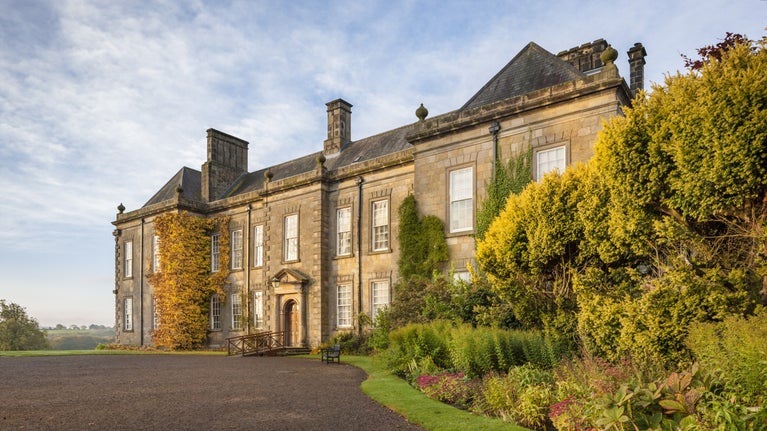
Discover more at Wallington
Find out when Wallington is open, how to get here, the things to see and do and more.
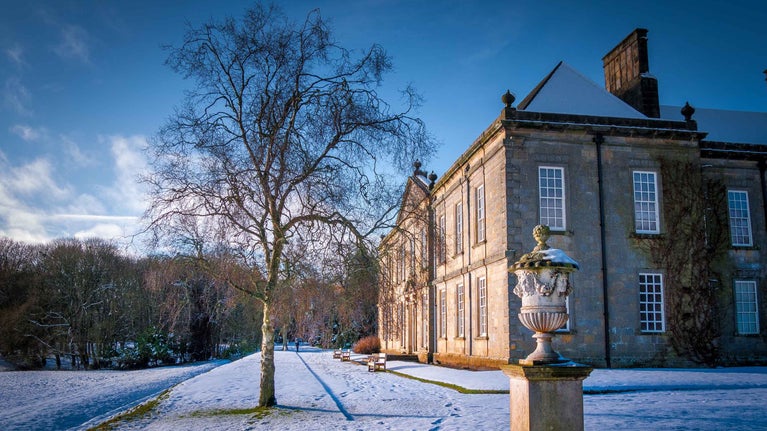
Wallington lies in the historically tumultuous borderlands of Northern England. In an area prone to conflict and the lawlessness of raiding Reivers, the house originated as a defensible tower. However, the Wallington we see today is largely the result of 18th-century designs by the Blackett family and 19th-century alterations by their successors, the Trevelyans. Discover how they shaped the place and why their descendent, Sir Charles Philips Trevelyan, ultimately chose to gift Wallington to the National Trust.
People have left their mark here since at least the Late Bronze Age and by the Iron Age there is extensive evidence of occupation. The 13,000 acre estate is full of reminders of these people, with enclosures and hut circles indicating likely settlements. At least two hill forts have been identified.
The early history of Wallington is not well documented, but there is rich evidence of medieval cultivation and settlement across the estate. The first firm appearance of the house in historic records is a 1415 schedule of the castles and forts of Northumberland. This includes a tower at Wallington, held by William Strother. In time, ownership passed from the Strothers to the powerful Fenwick family.
By the 17th century, much of the land at Wallington was used for growing crops, while animals were grazed on the fells and peatlands. Several of the farms still in use today are recorded in the 17th century and there were a few small, clustered villages. The fortified house had been extended by the Fenwicks, probably by attaching a hall to the earlier tower.
In 1676, Sir John Fenwick inherited Wallington from his father, along with his father’s debts. As a Jacobite supporter of King James II, Fenwick’s political career collapsed when James was deposed. He had little choice but to sell Wallington to an increasingly powerful Northumberland family, the Blacketts.
Sir William Blackett (1657–1705) was the son of a successful maritime trader and mine owner, also Sir William Blackett (1620–80). In 1680, he inherited his father’s Newcastle house, some of his coal mines and many of his lead mining interests. In 1685, he became a governor of Newcastle’s Hostmen, the fraternity who controlled much of Newcastle’s trade. By December 1689 he underlined his growing wealth and influence by purchasing Wallington from the insolvent Sir John Fenwick.
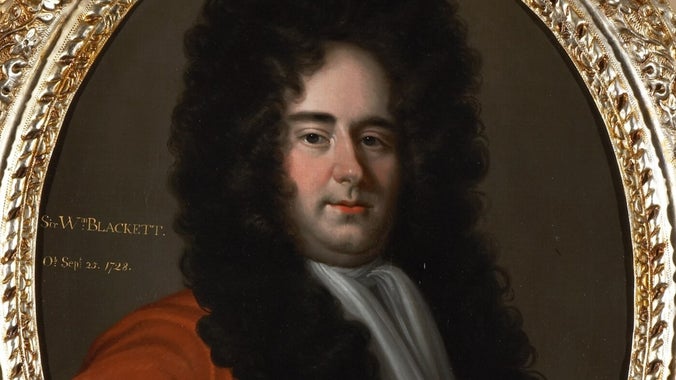
William Blackett had the old building at Wallington pulled down and a new house constructed in its place. A floor plan in the collections at Wallington shows that this new house of c. 1688/9 was comprised of four linear ranges set around a nearly-square central court. There were corridors connecting rooms along the East and West ranges.
Around this time, the monumental ‘Fenwick’s Gallop’ was created. This huge earthwork ramp running south from the house is still visible today.
William Blackett (1657–1705) passed Wallington to his son, another William (1690–1728). This William seems to have continued his family’s mining interests, but his activities are not well understood. He had no son to inherit, but he did have a daughter, Elizabeth Ord (1711–59), who had been born outside marriage. His nephew, Walter Calverley, therefore inherited, on condition that he marry Elizabeth and adopt the Blackett surname. It was during Wallington’s ownership by Walter and Elizabeth that the place was transformed into a principal home with imposing designed landscape.
Sir Walter Calverley Blackett engaged the architect Daniel Garrett to transform the house, with work starting around 1739 and structurally completed by 1746. The spectacular South range was created – an interconnected Drawing Room (now the library), Salon (now the Drawing Room) and Dining Room; a new staircase was built behind the South range; and high quality plasterwork was commissioned from Italian craftsmen the Lafranchini brothers. Across from the house, new stables and a Clock Tower were constructed. To the West, there was a new water garden and to the East a woodland garden with ponds and ornamental structures.
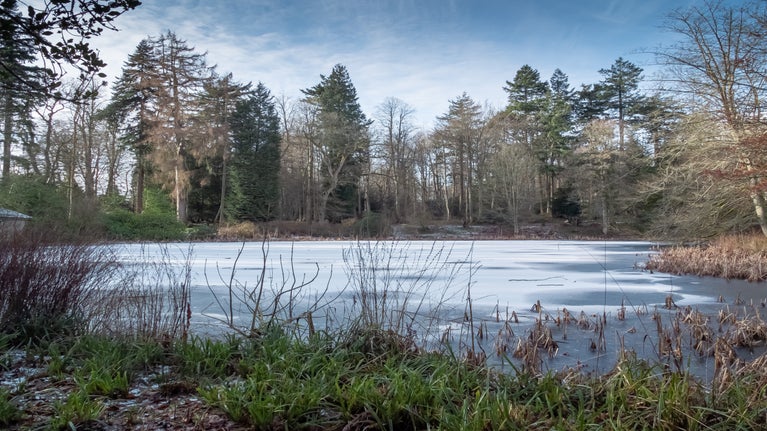
Across Wallington’s vast estate, works were even more ambitious. Blackett sought to create a landscape which reflected his wealth and status, and which was designed to be shown off to visitors. He drove long, straight roads across the land, enclosed fields, planted hedges, improved access with new bridges, remodeled farmhouses and commissioned focal points such as Rothley Castle, Codger’s Fort and Paine’s Bridge. At Rothley, some three miles from the house, he brought in Lancelot ‘Capability’ Brown to design the lakes for a separate pleasure ground.
Blackett had to borrow heavily to afford these ambitions. He took out several mortgages from the Lascelles family, who had made their fortune from enslaved people and from vast estates in the West Indies. When he died in 1777, Wallington passed to his nephew, Sir John Trevelyan (1734–1828). John was married to Louisa Marianne Simond (1734–72), the daughter of a plantation owner. John received a substantial amount of money from his new father-in-law as part of the marriage settlement, plus a share of the Grenada estates, including the enslaved people who worked them.
In 1791, John and Louisa’s son, John (1761–1846), married Maria Wilson (1772–1851) and the new couple made Wallington their home. Their major addition to the house in the early 19th century was the creation of the Museum Room to display the natural history collections Maria had inherited from her mother, Dame Jane Wilson (1749–1818). Maria also inherited her mother’s ceramics and these form the heart of the collection still displayed in the house.
The next major development at Wallington was in the 1850s, when their son Sir Walter Calverley Trevelyan (1797–1879) and his wife Lady Pauline (1797–1866) moved in. They engaged Newcastle architect John Dobson to roof-over the central court. Pauline commissioned William Bell Scott to decorate the new room with eight historical scenes, painted in the Pre-Raphaelite style, and a frieze depicting the nearby Battle of Otterburn of 1388. Pauline and her friends, including John Ruskin, adorned the structural piers of the hall with paintings of wildflowers and plants.
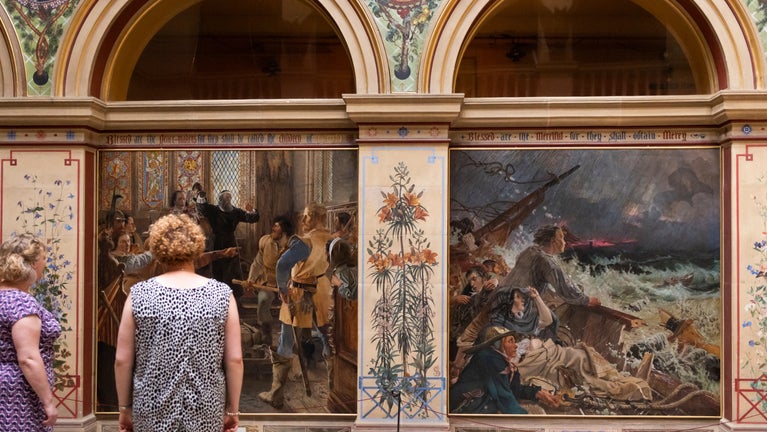
The next generations of Trevelyans variously made their names as colonial administrators and historians. Sir Charles Edward Trevelyan (1807–1886) was assistant secretary to the Treasury for almost twenty years and afterwards held offices in India. While at the Treasury he was responsible for co-ordinating the government’s response to the Great Irish Famine, a role for which he has been heavily criticised.
Charles’ son, Sir George Otto Trevelyan (1838–1928), also served the British Government in Ireland. In later life he wrote a number of influential histories, including a six volume account of the American War of Independence. In March 1889 he celebrated paying off the last of the mortgages against Wallington, using income from the book about his uncle, the historian Lord Macaulay.
George Otto’s son, Sir Charles Philips Trevelyan (1870–1958), was an outspoken politician and Labour MP for Newcastle’s Central Constituency. In 1937 he announced his decision to give the house, estate and contents, in their entirety, to the National Trust. He told the estate tenants that this would secure the preservation of Wallington and its continued enjoyment by the public.
The gift was officially signed in 1941 and with the passing of first Sir Charles and then his wife, Lady Mary, management of Wallington came entirely to the Trust in 1968.
Wallington has continued to evolve. Today, the place fulfills many roles: as a major visitor attraction, where people engage with nature and history across the house, gardens and playscapes; as the National Trust’s largest, intact agricultural estate, with ambitious targets for nature recovery; and as a place where people still live and work.
Batchelor, John. 'Lady Trevelyan and the Pre-Raphaelite Brotherhood', Chatto & Windus, 2006.
Ferguson, Patricia. 'Ceramics: 400 Years of British Collecting in 100 Masterpieces', National Trust, 2016.
Trevelyan, Laura. 'A very British family: the Trevelyans and their world', I. B. Tauris, 2012.
Trevelyan, Raleigh. 'Wallington, Northumberland', National Trust (revised 2024).
Legacies of British Slavery, accessed 4 December 2025

Find out when Wallington is open, how to get here, the things to see and do and more.
Step inside the house to uncover the fascinating stories of those who lived here, told through their collection of artworks, books, ceramics and curiosities.

Discover the colourful, fragrant plants in the Walled Garden, take in the different spaces and areas and look out for the peaceful Mary Pool.
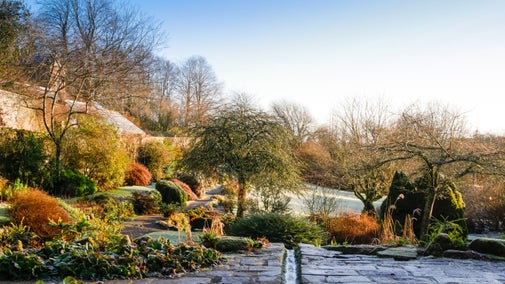
Stop by the Clocktower Café at Wallington for a selection of hot and cold drinks, and homemade bakes. Then browse the shop for gifts, books, homewares and more.

There's lots to keep the family entertained at Wallington, whatever the season. Look out for wildlife on the River Walk, zoom along the Dragon cycle trail or go wild in one of the play areas (play train currently closed). Don't forget our impressive selection of splashy puddles on soggy days; we've got the mud if you've got the wellies! For rumbling tummies, why not make a stop at the Clocktower Café or one of our kiosks?

Brown designed landscapes that fitted in seamlessly with the surrounding countryside. So how do you spot the designs of one of the greatest gardeners of all time?
